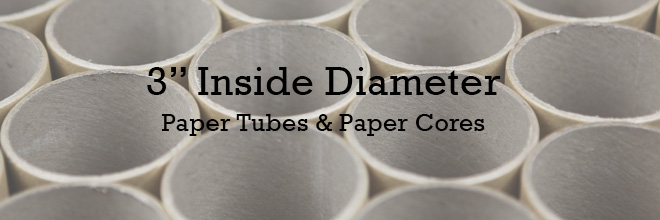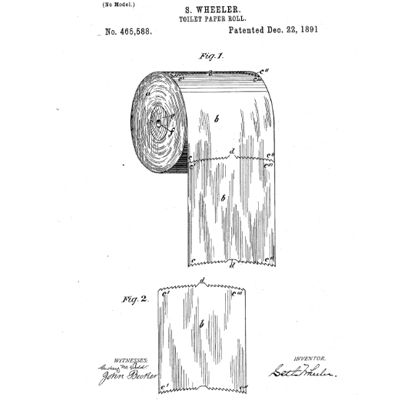
When it comes to spiral paper tubes, the most common inside diameter is 3 inches. But why?
When you order egg bites from Starbucks, the barista peels a sticker off of a roll of stickers, and adheres it to the outside of the paper bag you’re handed. When you’re walking around a convention and get handed a free promotional sticker by one of the vendors, they peel the sticker off of a roll of stickers. When you’re clicking around on eBay and order a cool, rare poster, the seller carefully rolls that poster up and slides it into a poster tube with a 3″ diameter.
Tape manufacturers and label manufacturers most often wrap their products around a spiral paper tube with a 3″ diameter.
Further down the supply chain, these 3″ diameter paper tubes and paper cores also fit a wide variety of tooling and machinery.
For additional product details, visit our product page.



